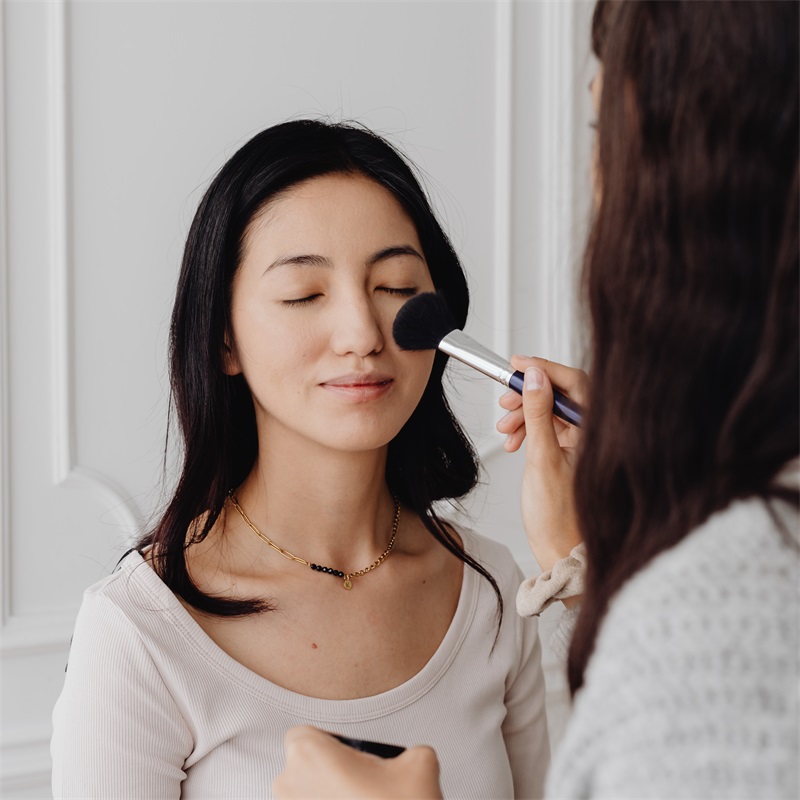Which Ingredient That Clean Beauty Avoid?Otara Make Up OEM & ODM Cosmetics
Which Ingredient That Clean Beauty Avoid?Otara Make Up OEM & ODM Cosmetics
Clean products have come a crucial sector in the beauty request, but also a catch- all term. Then is how to crack the clean beauty space.
From minimizing pores, banishing wrinkles, and defying age to hydrating, planking, and exfoliating, we anticipate our beauty products to do a lot for us. On top of the visible results we hope to see, numerous also want these products to deliver said skin- saving with clean ingredients that are not harmful or toxic to our health. The clean beauty movement has grown exponentially in recent times, and has indeed continued to show request growth as the beauty assiduity at large takes a megahit amidst the epidemic. But the new clean beauty standard for skincare, makeup, and hair care actually has some muddy waters — with all the vocabulary around so- called clean products(" organic,""non-toxic,"" vegan,"etc.) its getting more delicate to understand exactly what the markers are saying. Clean beauty also creates the vision that the indispensable immolations are" dirty" or bad for you.
As greenwashing becomes more current in the beauty space, it's important to educate yourself on what products are the right fit for your preferences and requirements. Then, Otara gives a comprehensive companion to what clean beauty actually is, and isn't.
Despite adding consumer demand for clean beauty products, the FDA’s ornamental regulations have remained unchanged since they were first introduced back in 1938. presently, only 11 ingredients are banned by the FDA, while the EU has banned well over. Brands are also technically not needed to have FDA blessing before going to request, meaning your cosmetics could be packed with dangerous constituents and endocrine disruptors, which are chemicals that have the capability to mimic hormones and mess with your mood, digestion, reproductive cycle, metabolism, and other functions. The beauty assiduity is also tone- regulated, meaning there’s no association attesting a brand’s clean beauty claims.
While any brand can label itself as “ clean, ” taking a near look at markers is one way to cover yourself against products that may do further detriment than good. Then are a many ingredients to keep an eye out for.

Ingredients to Avoid
Talc
Talc, a common ingredient in powder cosmetics like blush, bronzer, and eyeshadows, isn’t inherently harmful. However, talc that isn’t purified can become contaminated with asbestos, a known carcinogen. It’s difficult to know just how pure the talc in cosmetics are without testing, so some brands are opting to use mica, cornstarch, and silica instead.
Mineral oil
A byproduct of petroleum, mineral oil is a common ingredient found in all kinds of cosmetics, including Vaseline and Aquaphor. Not only can mineral oil clog pores, but there are concerns that it can carry carcinogenic impurities, not to mention the environmental impact the petroleum industry has on the planet.
Fragrances
Perhaps the most ambiguous name on an ingredient list, “fragrance” can refer to thousands of synthetic or natural chemicals, some more harmful than others. While fragrances can cause allergies and other irritations, brands aren’t required to disclose exactly which fragrances are in their formulations, making this ingredient a tough one to avoid.
Parabens
A known endocrine disruptor, parabens mimic estrogen in the body. The frequently-used preservative is linked to early-onset puberty, thyroid issues, and even cancer. While most cosmetics only use a very small amount of parabens in their formulas, the ingredient is easily absorbed and, through frequent exposure over time, can cause long-term harm.
Triclosan
In the past year, we’ve all been obsessively washing our hands and using hand sanitizer. What you may not know is that these products can also contain triclosan, an antimicrobial chemical also known to significantly disrupt the endocrine system and cause antibiotic-resistant bacteria. It’s banned in several countries, and the US has moved to also ban it from hand sanitizers as it isn’t significantly more effective than just using soap and water.
Phthalates
Phthalates, which help fragrances last, are also a significant endocrine disruptor. Known to cause birth defects, reproductive system issues, and other hormonal problems, phthalates often go hand-in-hand with fragrance on an ingredient list.
Formaldehyde and formaldehyde releasers
Formaldehyde, a known carcinogen, has come under fire in recent years. While some retailers are beginning to ban the ingredient, it’s still found in many nail polishes, lash glues, straightening treatments, and other products. What’s scary about formaldehyde is that you won’t find it on ingredient lists; instead, what you’ll see are formaldehyde releasers, which are preservatives that slowly release the chemical.
Oxybenzone and octinoxate
A common ingredient in chemical sunscreens, oxybenzone and octinoxate are harmful both to your skin and the environment. Linked to coral bleaching, these chemicals might make sunscreens easier to apply due to their lightweight feel and easy absorption, but they are also another endocrine disruptor that can lead to birth defects and hormonal problems. These days, there are plenty of physical sunscreens on the market that provide just as much protection with an equally luxurious application, all without the harmful side effects.










